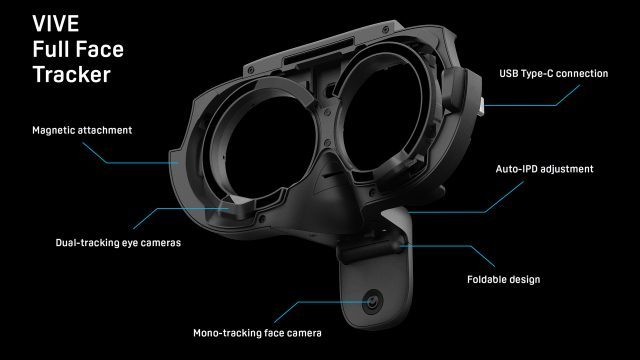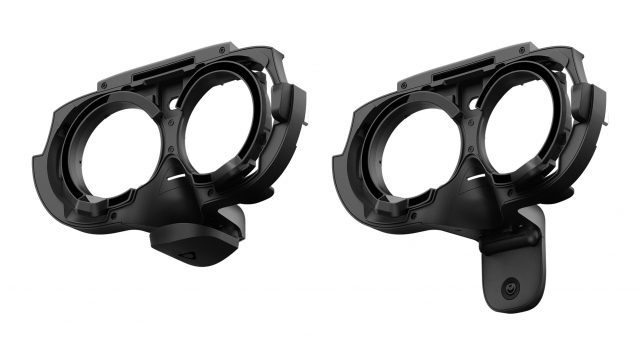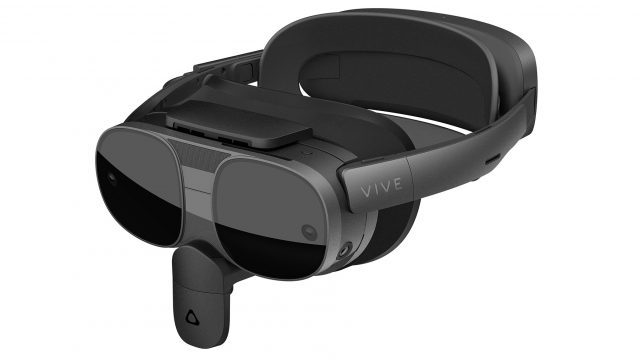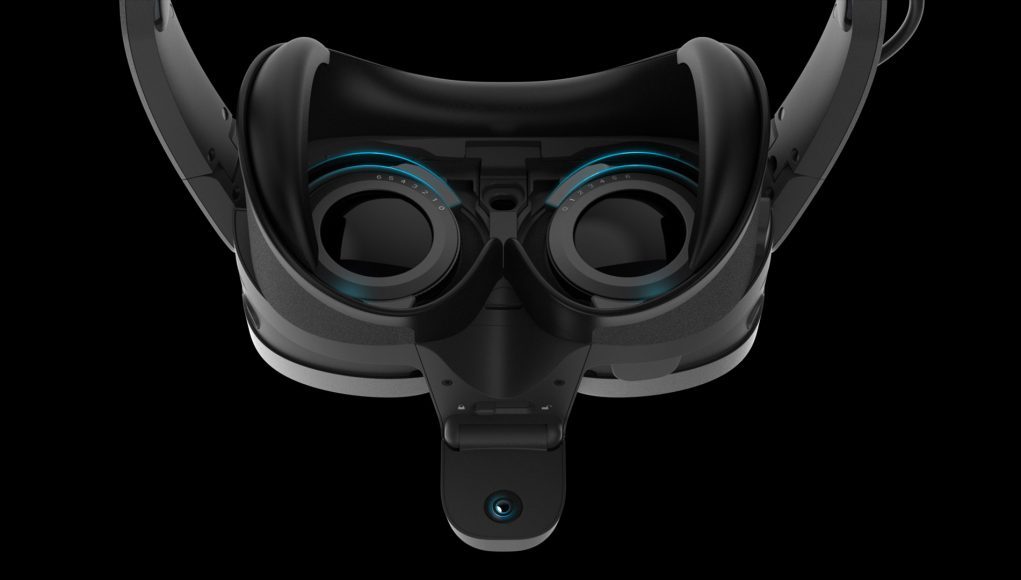HTC today announced the launch of a new Full Face Tracker accessory for Vive XR Elite. The device attaches to headset to capture eye and mouth movements which developers can use for a variety of purposes.
HTC says the Face-tracking add-on for Vive XR Elite is available staring today, priced at $200. The device attaches magnetically to the XR Elite and connects via USB-C. It adds two cameras for eye-tracking and one camera for mouth-tracking.

According to HTC, eye-tracking is captured at 120Hz while mouth-tracking is captured at 60Hz. The mouth-tracking camera is thoughtfully placed on a hinged flap to be less intrusive while transporting the headset.

Data from the Vive Full Face Tracker can be used to understand where the user is looking and how their mouth is moving which allows supported applications to animate avatar faces more realistically, like Meta has shown with face-tracking on Quest Pro.
This is a benefit for social VR applications, but face-tracking can bring a wide range of other improvements to the VR experience, like foveated rendering, analytics, and better understanding of user intent.
In fact, HTC says the Full Face Tracker also adds automatic IPD adjustment to Vive XR Elite. This detects the distance between the user’s eyes and changes the headset’s physical IPD slider accordingly. This means anyone who puts on the headset gets a correct IPD setting automatically.
Face-tracking must be implemented into VR applications on a per-app basis, but HTC says the Full Face Tracker is designed with OpenXR in mind. Thus it could potentially work with applications that have previously implemented OpenXR-based face-tracking.
“We’ve built this using our Vive Wave platform, with support for OpenXR too, so developing for it is really easy. Because of this, anything built for the Vive Focus 3’s eye and face tracking will work with the new Vive Full Face Tracker,” says Shen Ye, Global Head of Product at HTC Vive.

Indeed, HTC previously released similar eye and mouth-tracking accessories for its Vive Focus 3 headset, as well as a mouth-tracker for PC VR headsets.







